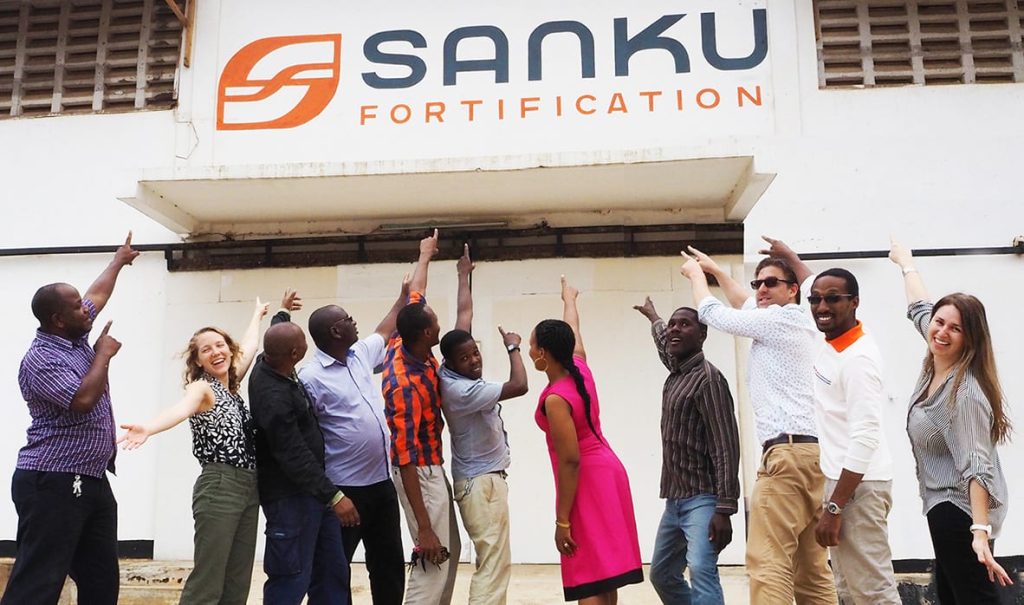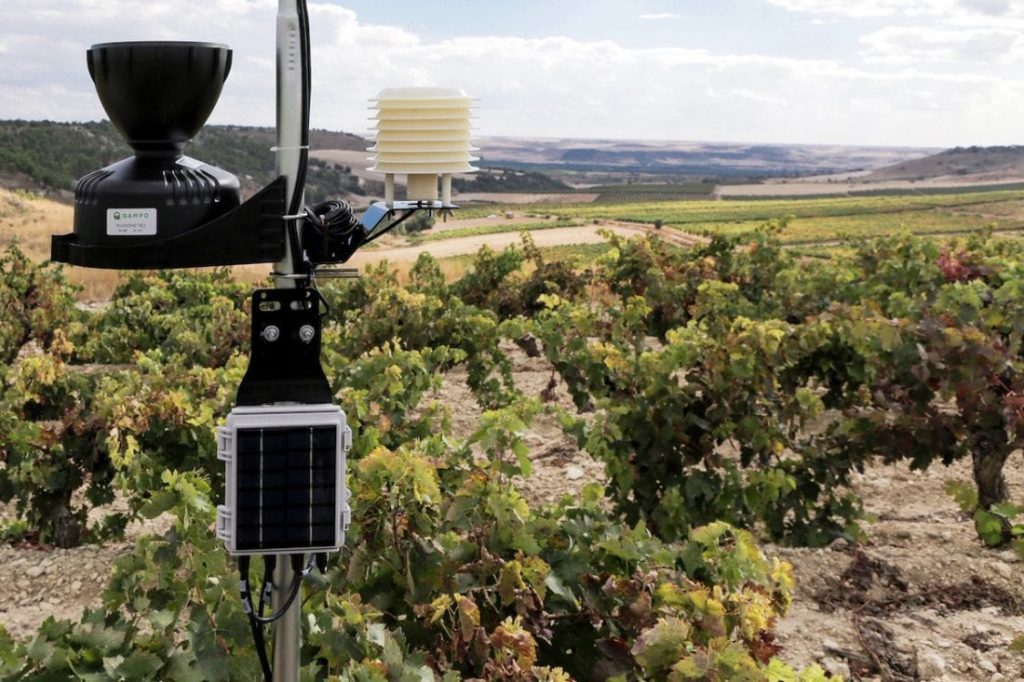Vodafone’s approach to the digital transformation of industry prioritises certain ‘vertical’ markets. Agriculture is not among them. Instead, it sees greater opportunity at group level in the automotive, insurance, buildings, logistics, and healthcare sectors. These offer “relevance and consistency” across geographic markets, it says, making machine connectivity easy to package up.
A number of more disjointed verticals exist below these five; agriculture is conspicous here, as the most prominent entry. “It’s just that agriculture is fragmented,” remarks Phil Skipper, head of IoT business development in Vodafone’s group function.
The market’s fragmentaton comes down to “primary needs”, reckons Skipper – “from automated irrigation systems in some countries to intensive farming in others.” The way agriculture is financed varies, too, with both subsistence farming and giant conglomerates in play. “These things make agriculture a valuable segment for IoT, but difficult to scale. For us, it is very much a local application that changes from place to place,” he says.
Vodafone’s big five are served centrally; the rest go via local operations, as demand dictates. Smart agriculture is a “pull market”, says Skipper; farming solutions are devised on the ground, in each market. “The closer you get to a local vertical, the more local expertise you need,” he says.
Here are four prime (if brief) smart agriculture case studies from Vodafone, each developed at local level.
1 | CONNECTED FLOUR MILLS

Micronutrient malnutrition impacts two billion people, causing birth defects, child development issues, and blindness. Fortified flour offers a practical solution. Vodacom is engaged with a social enterprise in Tanzania called Sanku which has developed a dosifier machine to enable flour mills to fortify flour with nutrients during the milling process.
The operator, a joint venture between Vodafone and Telekom, has connected mill-grinders in 150 mills to a GPS signal to relay data every five minutes to a centralised cloud platform, with information on everything from nutrient ratios to cooling measures, and from weight readings to feed-screw speeds.
The mills are remote, and their monitoring must be automated. Reliable and scalable connectivity is a prerequisite. Sanku’s first 150 mills serve a million people. It has identified another 3,000 mills in Tanzania, and up to 15,000 across East Africa – enough to impact 100 million lives, it estimates.
2 | CONNECTED VINEYARDS

Vodafone’s Spanish business has combined NB-IoT sensors and satellite imagery, under the ‘Sensing4Farming’ brand for Spanish wine-maker Emilio Moro to guage the humidity, temperature, soil conductivity, and water absorption around its harvest.
The health and vigour of the grapevines themselves are also being monitored. The network is powered by long-life batteries and low-power solar panels. Benefits include reduced production costs, thanks to reduced water, fertiliser and energy consumption, increased production, via a more selective application of the treatments, and a lower environmental impact thanks to reduced fertiliser use.
José Moro, president of Emilio Moro, comments: “Emilio Moro was founded 120 years ago, but innovation is key to our philosophy. That is why we are… taking advantage of technologies like IoT. After all, today’s innovation is tomorrow’s tradition.”
3 | CONNECTED CATTLE FEED

Vodafone is supplying Irish firm Keenan, which produces animal nutrients and other farm products, with 2G/LTE connectivity and cloud analytics to monitor the nutritional contents going into its mixer wagons. Keenan’s InTouch system enables farmers to fine tune decision making and herd management, by drawing on live data from mixer wagons and a vast “feed efficiency database”.
More consistent rationing of food to 1000-odd herds in the UK and France has seen feed efficiencies improve by 10 per cent and milk yields increase by 1.75kg per cow per day.
Conan Condon, technical director for InTouch at Keenan parent company Alltech, comments: “Farming is a risky business with many factors out of the farmer’s control, from the weather to the volatile prices paid for milk and beef. The addition of Vodafone IoT technology has further improved the quality of our service and the results are being enjoyed by farmers and consumers alike.”
4 | CONNECTED LIVESTOCK
MooCall is a 2G sensor that attaches to a cow’s tail and measures the movement to predict when it’s going to go into calf. When a cow’s contractions reach a certain level, the sensor sends an alert to the farmer’s phone, via Vodafone’s IoT platform, up to one hour prior to labour.
MooCall has expanded beyond the UK into France, the Netherlands and the US, with Vodafone handling the roaming in new territories. Emmet Savage, chief at MooCall, says: “Vodafone IoT gives us the roaming capability to get our signal out. It makes the globalisation seamless.”
Check out the new editorial report from Enterprise IoT Insights, called ‘Making Industry Smarter: Agriculture & Farming’, out from May 22. Click here to sign up to the newsletter to catch all the latest news and updates from Enterprise IoT Insights.
